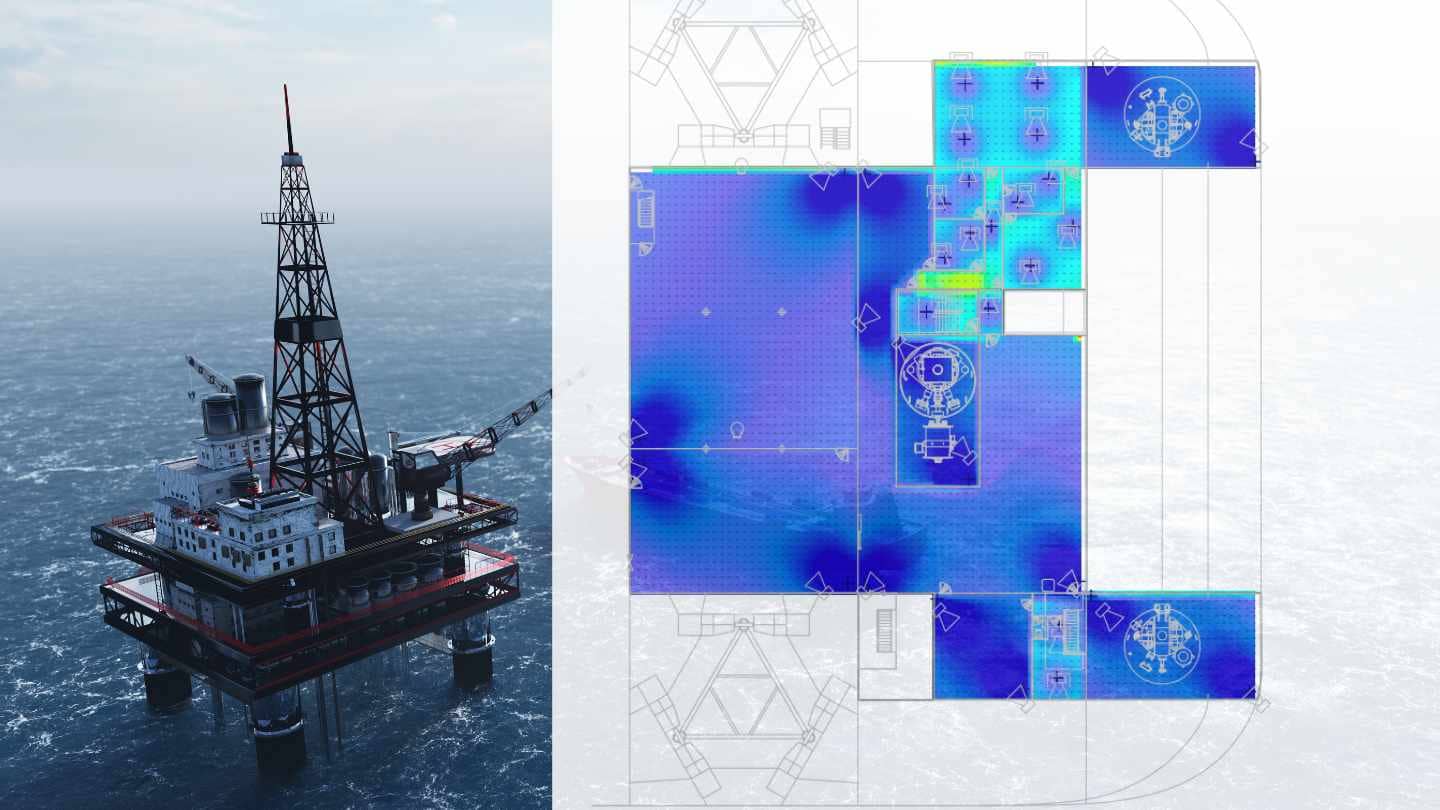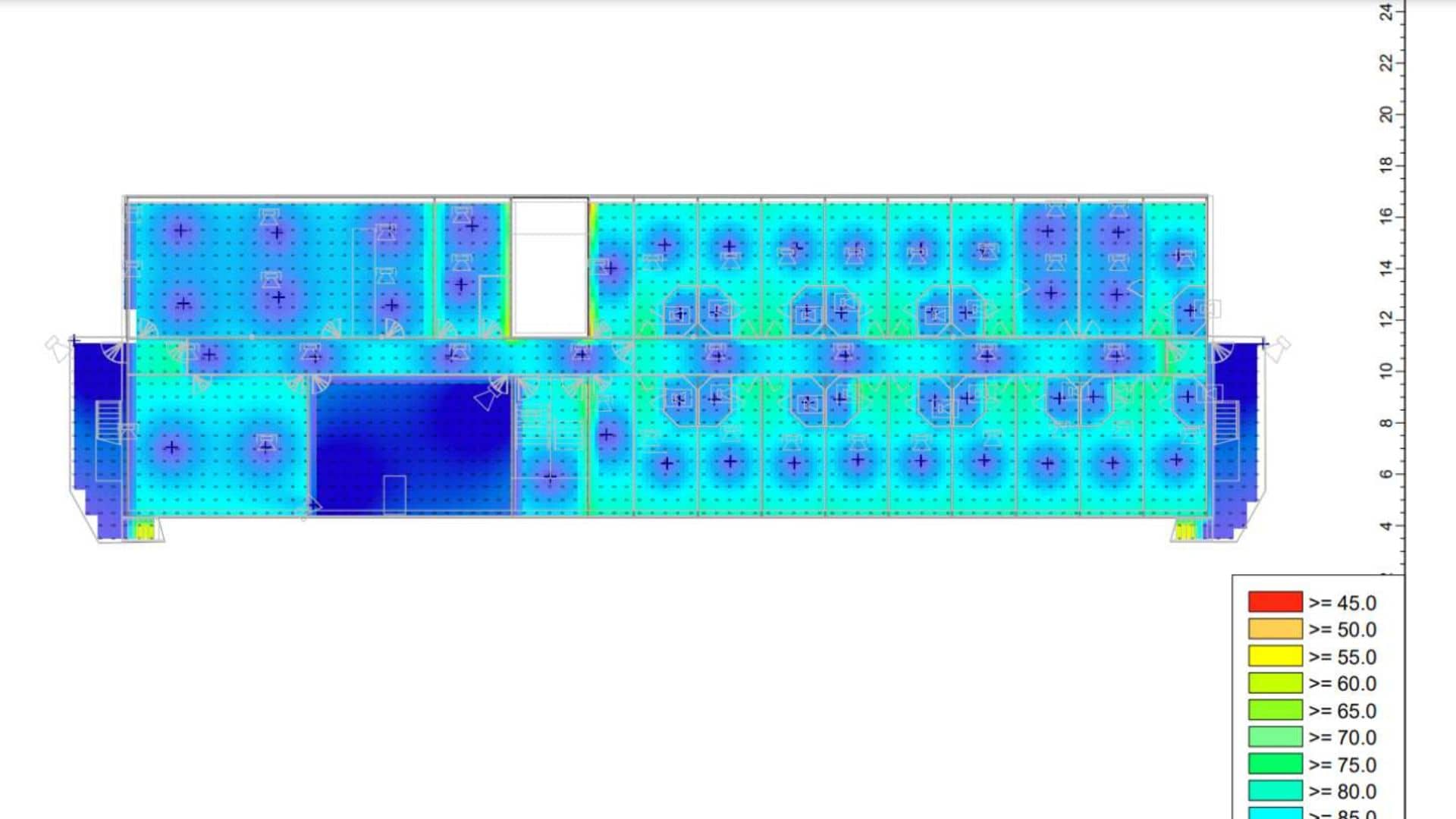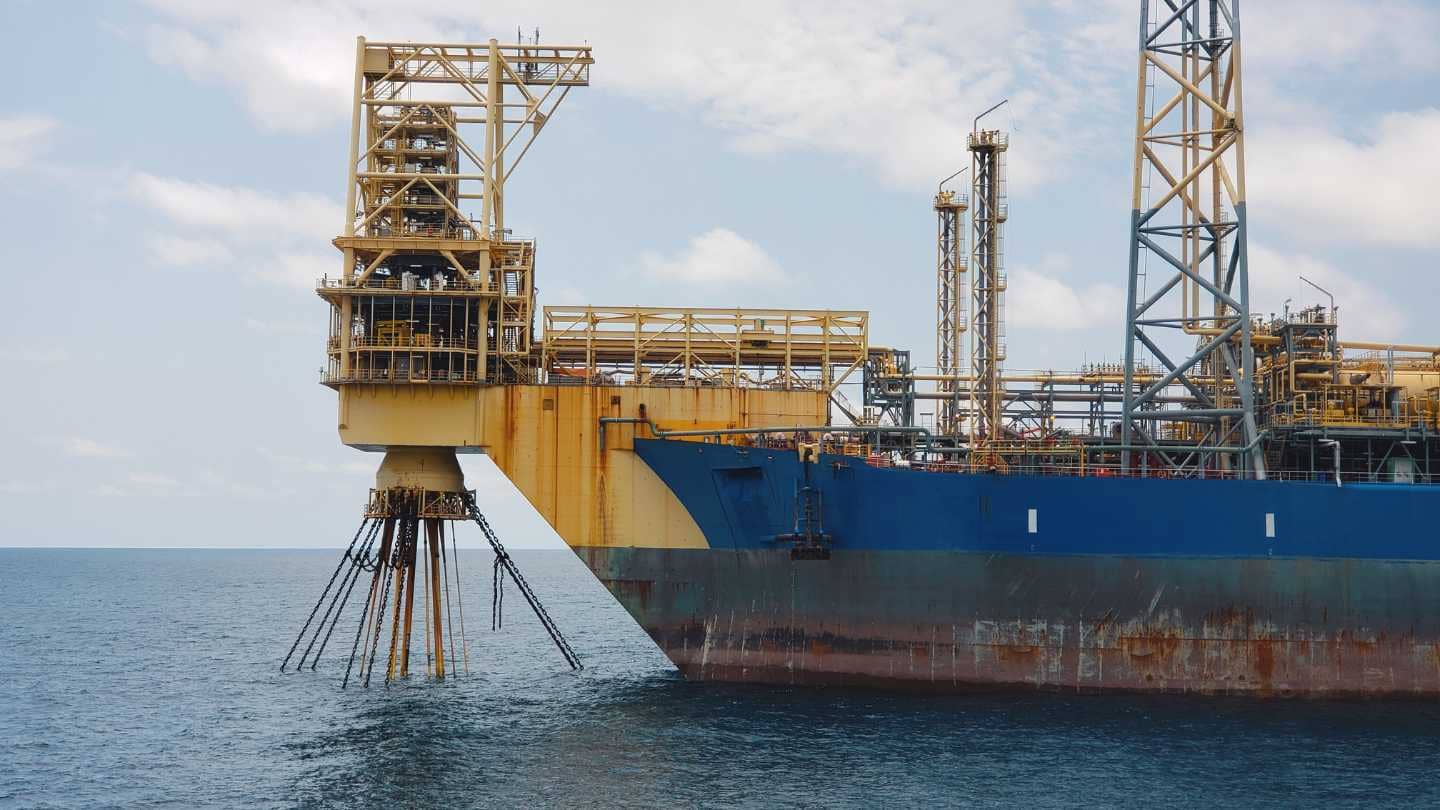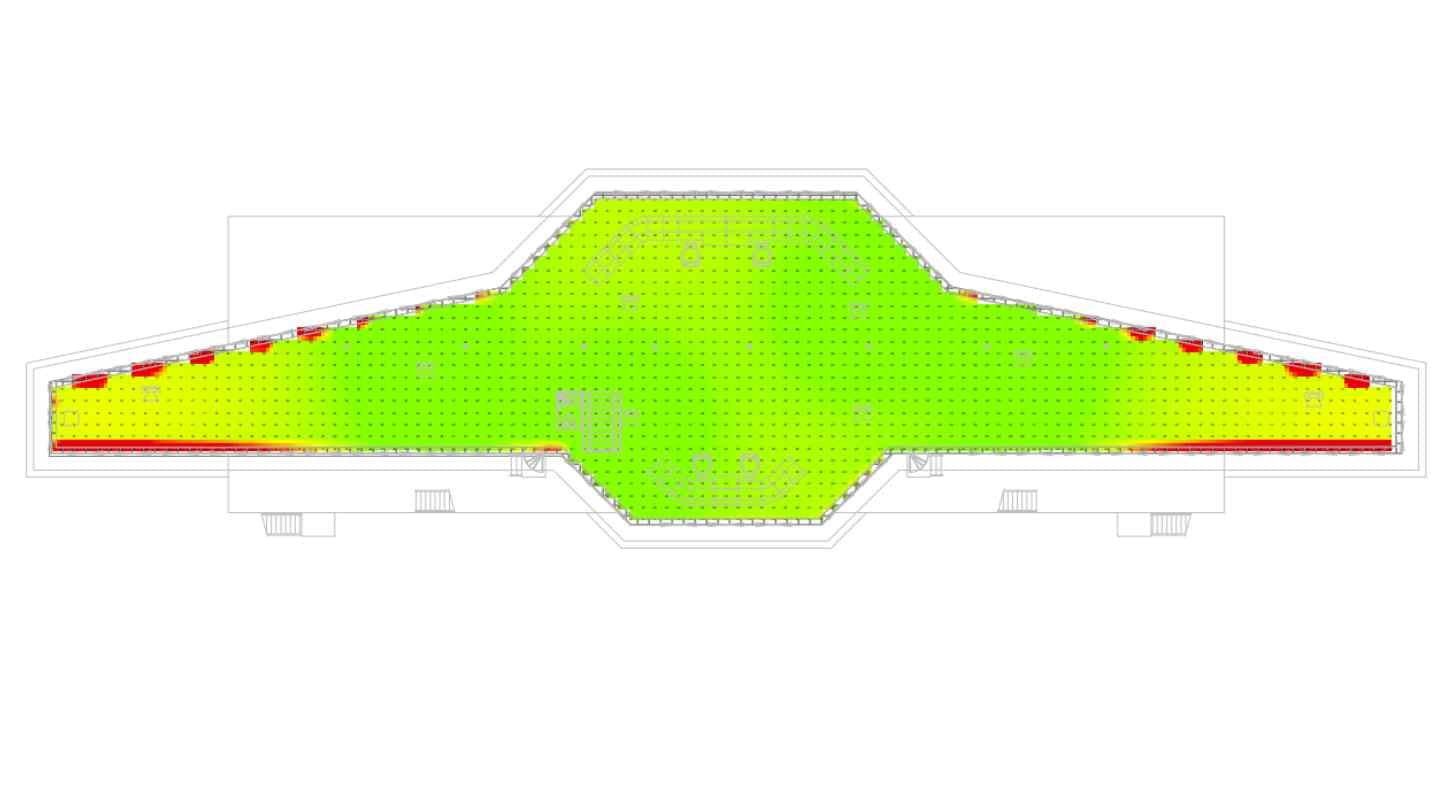Floating Production Storage and Offloading (FPSO) vessels are billion dollar vessels commonly used in offshore oil and gas production. They are essentially large floating production facilities that are capable of drilling, producing, storing, and offloading oil and gas.

The Importance of Sound Coverage Studies
FPSOs are equipped with various types of equipment and machinery, including pumps, compressors, generators, and other industrial equipment. One important aspect of FPSO design is ensuring that the sound generated by this equipment does not exceed acceptable levels and does not cause harm to the workers on board or the environment.
To achieve this goal, sound coverage studies are conducted during the design phase of FPSOs. These studies are aimed at identifying areas on the vessel where the sound generated by equipment is likely to exceed acceptable levels. The studies are conducted using computer simulations that take into account various factors such as the type of equipment, its location, and the surrounding environment.

Integral Steps in a Sound Coverage Study
The integral steps of a sound coverage study for FPSOs can vary depending on the specific requirements of the project, but generally include the following:
Equipment Identification
The first step is to identify all the equipment and machinery on board the FPSO that generate noise. This includes pumps, compressors, generators, and other industrial equipment. The noise levels of each equipment are usually determined through laboratory measurements.
Site Survey
A site survey is conducted to obtain accurate information on the layout of the FPSO, including the location of the equipment, the shape of the hull and the presence of other obstacles that may affect sound propagation.
Acoustic Measurements
Acoustic measurements are carried out to determine the noise levels generated by the identified equipment. These measurements help to validate the accuracy of the equipment data used for the sound coverage study. Acoustic measurements may also be conducted in the areas surrounding the FPSO to determine the ambient noise levels.
Computer Modelling
Computer models are developed to simulate the propagation of sound in the environment surrounding the FPSO. The simulations are based on mathematical models that are designed to predict the sound pressure levels (SPLs) in different areas of the FPSO. The models take into account the type of sound source, the acoustic properties of the surrounding environment, and the sound propagation characteristics of the air and water. The models are calibrated using measurements taken from similar FPSOs or similar types of equipment to ensure that the predicted SPLs are accurate. Experience and expertise is vital to do this well.

Analysis of Results
The results of the computer models are analyzed to identify the areas where the noise levels exceed the acceptable limits. Based on the analysis, recommendations are made to reduce noise emissions, including the use of noise barriers or the relocation of equipment.
Final Report
A final report is prepared to document the findings of the sound coverage study, including the results of the computer models, acoustic measurements, and recommendations for noise reduction. The report may also include recommendations for hearing protection for workers in high-noise areas.
Follow-up
Once the sound coverage study is completed, the results are used to design the FPSO in a way that minimizes the sound generated by equipment. This may involve relocating equipment, adding acoustic barriers, or modifying equipment to reduce noise emissions. The study is also used to determine the location of areas on the FPSO where hearing protection may be required for workers. .

Expert Sound Coverage Studies
Sound coverage studies are an essential step in ensuring the safety and comfort of workers on FPSOs, as well as minimizing the impact of noise on the environment.
Our engineers at Vivo Asia Engineering & Trading are experts in conducting sound coverage studies for FPSOs, using advanced simulations and analysis.

